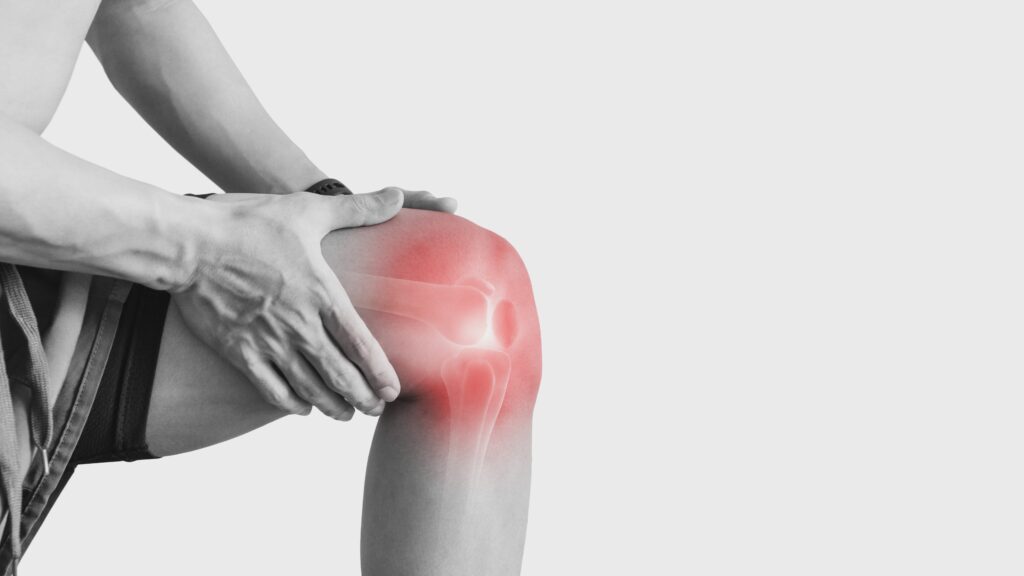Joint pain is one of the most common complaints that people experience, especially as they age. While some joint discomfort may come from temporary issues like injuries or overuse, chronic joint pain often points to an underlying condition such as arthritis. Understanding the difference between joint pain and arthritis is crucial for getting the right diagnosis and treatment.
In this blog, we’ll explore the definitions, causes, symptoms, and treatments for joint pain and arthritis. Whether you’re experiencing mild discomfort or debilitating stiffness, this guide can help you understand your condition and take appropriate steps toward relief.
What is Joint Pain?
Joint pain refers to discomfort, aches, or soreness in any of the body’s joints. A joint is the area where two or more bones meet, such as the knee, elbow, shoulder, or hip. Joint pain can affect one joint or multiple joints at once.
Common symptoms of joint pain:
- Swelling
- Redness
- Warmth around the joint
- Stiffness
- Limited movement
- Persistent aching
Joint pain can be acute (short-term) or chronic (long-term). Acute joint pain is often caused by injuries, infections, or inflammation, while chronic joint pain is usually due to ongoing conditions like arthritis.
What is arthritis?
Arthritis is a general term used to describe more than 100 conditions that affect the joints and surrounding tissues. It causes inflammation in the joints, leading to pain, stiffness, and reduced mobility.
The most common types of arthritis include
1. Osteoarthritis (OA)
- The most common form of arthritis.
- Caused by the wear and tear of cartilage over time.
- Mostly affects older adults but can occur earlier due to joint injuries or obesity.
- Commonly affects knees, hips, spine, and hands.
2. Rheumatoid Arthritis (RA)
- An autoimmune disease where the body’s immune system attacks the joints.
- Leads to chronic inflammation, joint deformity, and even damage to other organs.
- Typically affects joints on both sides of the body, such as both wrists or both knees.
3. Gout
- Caused by a build-up of uric acid crystals in the joint.
- Results in sudden, severe attacks of pain, often starting in the big toe.
- Associated with diet, alcohol, and kidney function.
4. Psoriatic Arthritis
- Affects people with psoriasis, a skin condition.
- Causes joint inflammation and skin symptoms simultaneously.
5. Ankylosing Spondylitis
- A type of arthritis that primarily affects the spine.
- It affects individuals who suffer fromin and stiffness in the back and hips.
Causes of Joint Pain and Arthritis
There are various factors that can lead to joint pain and arthritis, including
- Aging: Wear and tear of joints over time.
- Injury: Past fractures, dislocations, or ligament injuries.
- Genetics: A family history of arthritis can increase your risk.
- Obesity: Extra body weight puts stress on joints, especially weight-bearing ones.
- Autoimmune disorders: Conditions like RA and lupus.
- Infection: Viral or bacterial infections can inflame joints.
- Lifestyle habits: Poor posture, lack of exercise, and repetitive movements.
Diagnosis and Treatment
If you’re experiencing persistent joint pain, it’s important to see a doctor for a proper diagnosis. The evaluation may include:
- Physical examination
- Blood tests (for inflammation markers or autoimmune diseases)
- Imaging (X-rays, MRI, or ultrasound)
- Joint fluid analysis
Treatment options may include:
- Medications: Pain relievers, anti-inflammatory drugs, corticosteroids, or disease-modifying drugs for autoimmune arthritis.
- Physical therapy: To improve flexibility and strengthen surrounding muscles.
- Lifestyle changes: weight loss, exercise, and a joint-friendly diet.
- Assistive devices: Braces, canes, or shoe inserts.
- Surgery: In severe cases, joint replacement may be needed.
If you are experiencing long-term joint discomfort, consulting with an experienced specialist is vital. For residents of the capital, you can find the best orthopedic doctor in Dhaka to diagnose your condition and recommend the most suitable treatment options.
Tips for Managing Joint Pain and Arthritis at Home
Here are some practical steps you can take to manage symptoms and improve joint health:
- Stay Active: Low-impact exercises like swimming, walking, and yoga help keep joints flexible.
- Use Hot and Cold Therapy: Heat relaxes muscles, while cold reduces inflammation.
- Maintain a Healthy Weight: Reduces stress on your joints.
- Eat Anti-inflammatory Foods: Such as fish, leafy greens, berries, and nuts.
- Stay Hydrated: Helps keep the joints lubricated.
- Avoid Repetitive Strain: Take breaks and use ergonomic tools.
When to See a Doctor
You should consult a doctor if:
- Your joint pain lasts more than a few days.
- You have significant swelling or redness.
- You experience fever with joint pain.
- The joint is deformed or difficult to move.
- Over-the-counter medication doesn’t help.
Delaying treatment can lead to irreversible joint damage, especially in autoimmune arthritis. Early intervention by an orthopedic doctor can help manage symptoms effectively and preserve your mobility.
Final Thoughts
Joint pain and arthritis can severely impact your daily life, but they don’t have to control it. Understanding the underlying cause of your symptoms is the first step to finding relief. With proper diagnosis, medication, lifestyle changes, and possibly surgical intervention, you can manage your pain and regain control over your health.
If you or a loved one is suffering from persistent joint pain, don’t wait. Reach out to an experienced orthopedic doctor for expert care and guidance. The sooner you take action, the better your chances of living a pain-free, active life.





